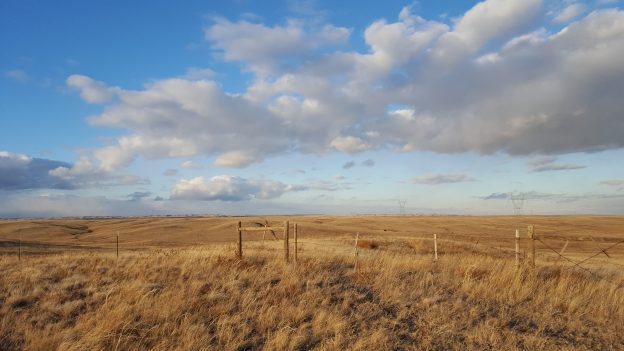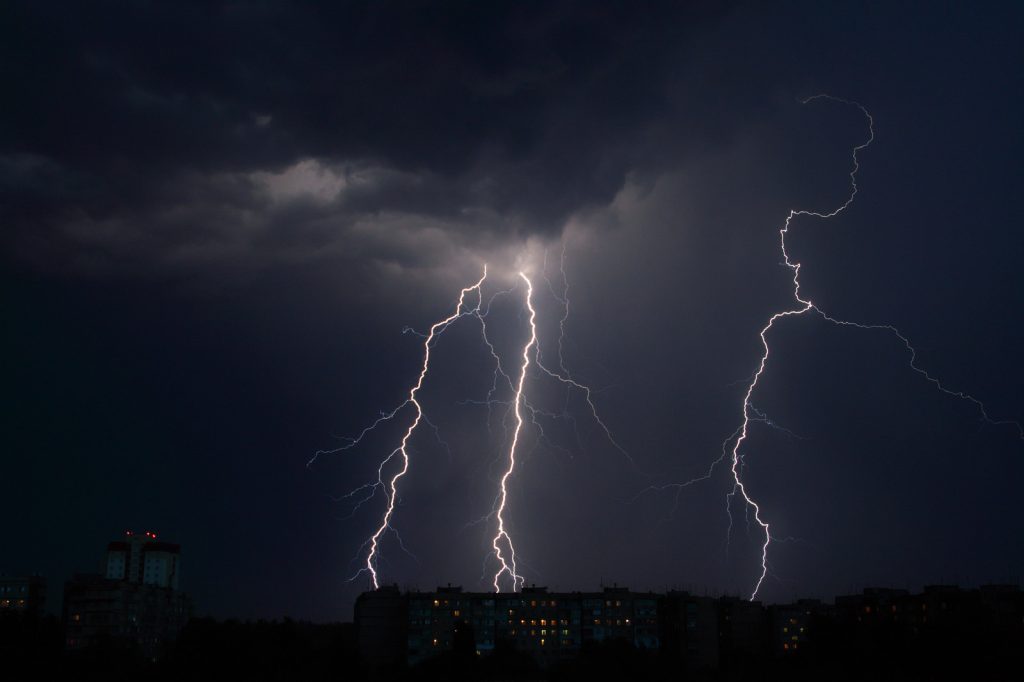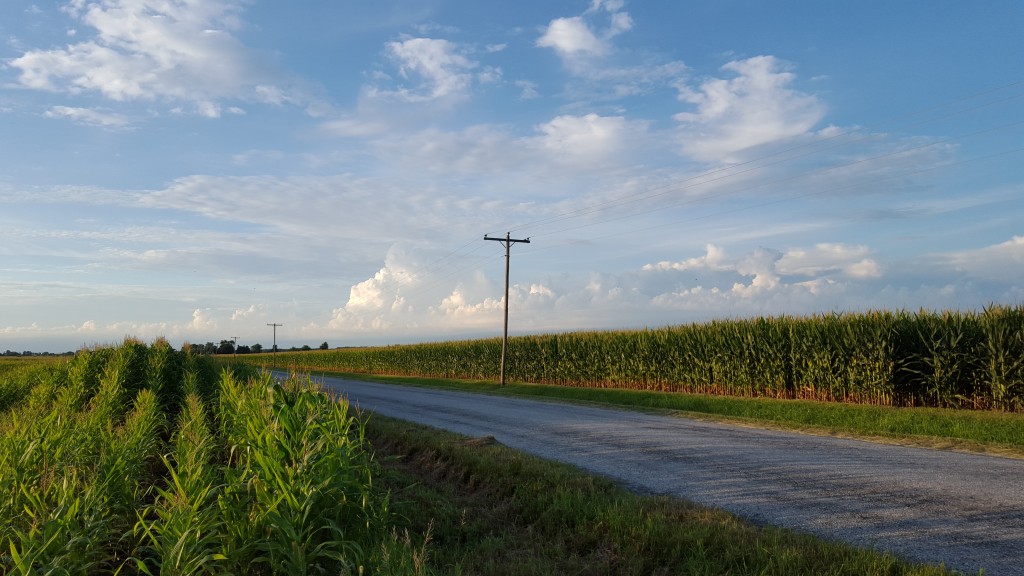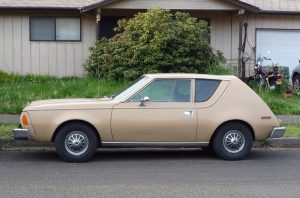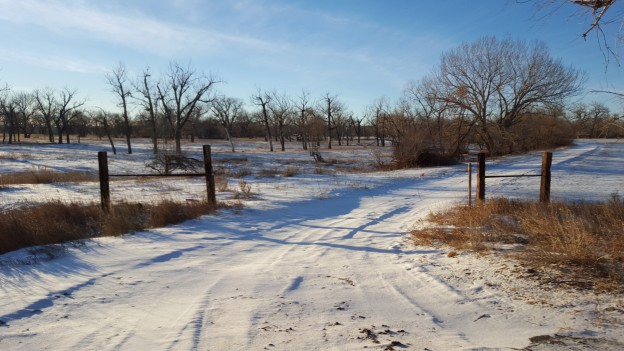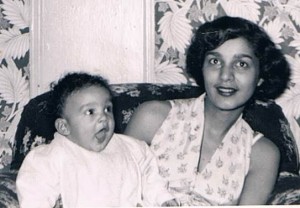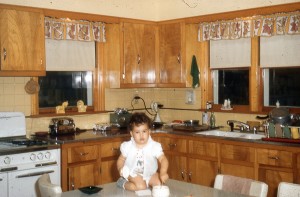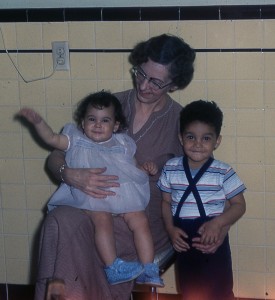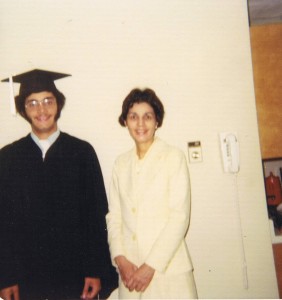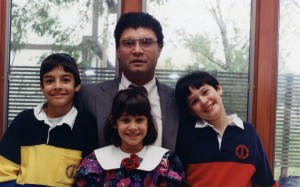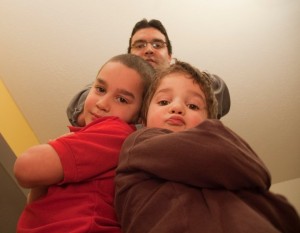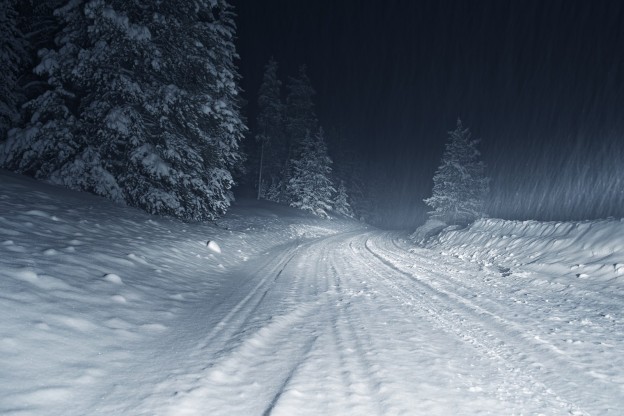Many of my generation came of age with the music of Simon and Garfunkel. They provided a poetic and intellectual counter to the shallow, mass-market Top 40 hits on AM radio and the raucous, sometimes angry but certainly eardrum-shattering music of the late 1960s, which now we quaintly refer to as “classic rock” with the same disdain heaped on “your Golden Years.”
I listened to their Bookends album recently during a flight from Portland, Oregon back to Chicago. I hadn’t listened to it for at least two decades; I’d been trying to shed my sensitive side for a more curmudgeonly and safe persona.
I’m now ambivalent about Simon and Garfunkel. Yes, the music was poetic unlike anything I’d ever heard, but it could also be depressing and insistently New York City, an unfathomable existence to someone raised in the desert and then the Midwest. These are Walden’s “mass of men leading lives of quiet desperation.” People who read Emily Dickinson and Robert Frost while pondering if both God and the theatre have died; living in dingy, walk-up flats with noisy radiators and even noisier neighbors. I often imagined a grainy photo of Paul Simon in that black overcoat from the Sounds of Silence cover, walking on a rainy spring day near the Berlin Wal at Checkpoint Charlie past a sign saying “Eintritt Verboten” (Entrance Forbidden).
Bookends is one of Simon and Garfunkel’s more depressing albums, if such a thing is possible. America is a song of lost hope which, for some inexplicable reason Bernie Sanders chose as background for campaign ads. Did no one even listen to the lyrics?
“’Kathy, I’m lost’, I said,
Though I knew she was sleeping.
‘I’m empty and aching and
I don’t know why.’”
Sheesh.
The next song is “Overs,” a song about a relationship waiting to die:
“Why don’t we stop fooling ourselves?
The game is over…
…We might as well be apart.
It hardly matters,
We sleep separately.
And drop a smile passing in the hall
But there’s no laughs left
‘Cause we laughed them all.
And we laughed them all
In a very short time”
The first side of the album ends with “Voices of Old People”, followed by “Old Friends/Bookends.” The voices are those of elderly people – presumably New Yorkers, possibly Jewish or Italian – kvetching about their infirmities and resigning to their fates; they are waiting to die in a nursing home, in their adult children’s homes after a stunning role-reversal, or alone in a tenement, waiting to be discovered when the body starts to smell. I was a teenager then and now, fifty years later, we’ve vowed not to “go gentle into that good night,” but instead take Zumba classes, pursue the dreams we postponed as responsible adults raising families and acquire gonorrhea and chlamydia in retirement communities for “active seniors.” It’s no longer “terribly strange to be seventy.” We’re more like the lecherous old lady in the Playboy cartoons. Mick Jagger is still prancing around the stage and we’re 35-year-olds in our minds, wondering what the hell happened.
I’d completely forgotten “Mrs. Robinson,” which brought back a whole bunch of bad memories of cinematic dysfunctional adult relationships – Doctors’ Wives, Ordinary People Carnal Knowledge, Women in Love and The Graduate – and those I observed in real life. The bar in the Robinson’s house, well-stocked with liquor and the kitschy “Bar” light in the corner, symbolized the emptiness of their relationship. He was the successful, country-club-and-Cadillac businessman; she was the restless, neglected wife who could buy anything but what she really needed. It reminded me of an old girlfriend who lived in tony Glencoe, IL. The expansive house on an enormous, well-manicured lot obscured the psychopathology within.
Paul Simon reflected on American’s need for heroes in “The Silent Superstar,” a piece the New York Times ran the day after DiMaggio’s death as “subconscious desires of the culture.”
“Where have you gone, Joe DiMaggio
Our nation turns its lonely eyes to you…
…What’s that you say, Mrs. Robinson
Jolting Joe has left and gone away”
“At The Zoo” is the only uplifting song and it’s uncharacteristically humorous. Paul Simon adapted the lyrics for a children’s book in 1999. Who wouldn’t love this?
“…The monkeys stand for honesty
Giraffes are insincere
And the elephants are kindly but they’re dumb
Orangutans are skeptical
Of changes in their cages
And the zookeeper is very fond of rum
Zebras are reactionaries
Antelopes are missionaries
Pigeons plot in secrecy
And hamsters turn on frequently
What a gas, you gotta come and see
At the zoo…”
Sometimes I miss the music, but not the emotional vulnerability that came with it. Time to put this genie back in the bottle for another 20 years, eh?
All music/lyrics © Simon and Garfunkel
Paul Simon, The Silent Superstar. New York Times March 9, 1999, Accessed October 11, 2016.
